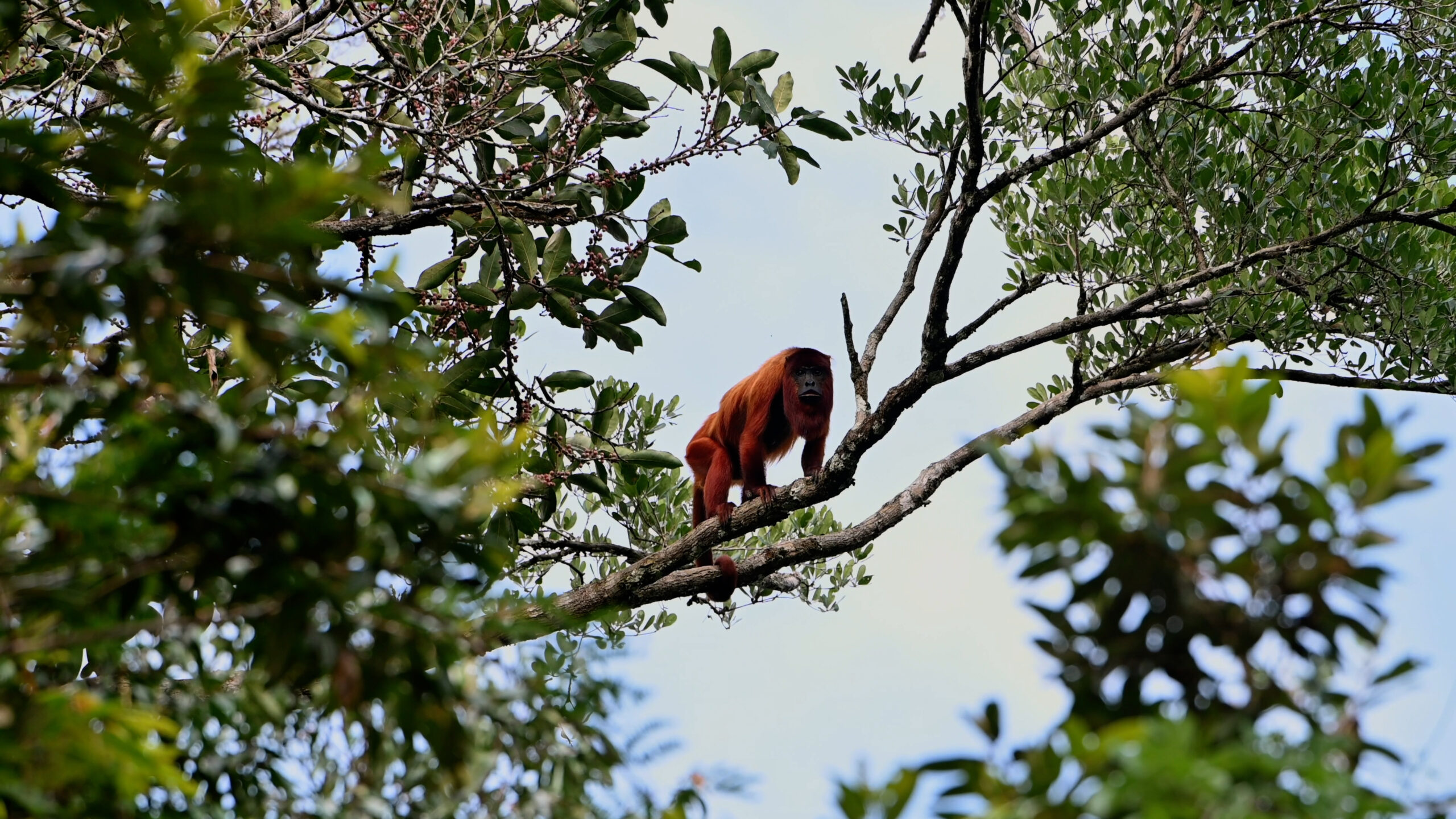The Atlantic Forest — a long ribbon of rainforest along Brazil’s eastern coastline — is often overshadowed by its vast inland neighbor, the Amazon. But the lesser-known Atlantic Forest is just as biodiverse, and is at much greater risk of disappearing than the Amazon, with only about 10% of its original forest cover remaining.
Thankfully, in the last several decades, the Atlantic Forest’s story has gone from a tale of destruction to one of reconstruction. Innovative conservationists and community members are coming together to rebuild this incredible ecosystem and save its kaleidoscope of species.

The Decline of a Once-Mighty Forest
About 500 years ago, the Atlantic Forest was a continuous expanse of rainforest that stretched along nearly 2000 miles of South America’s eastern coastline, covering a total area twice the size of Texas. But when Europeans arrived, the Atlantic Forest region was where ships landed, and it bore the brunt of early development.
Today, Brazil’s biggest cities, Rio de Janeiro and São Paulo, are located in the heart of the Atlantic Forest. The pressures of such a huge human population have taken their toll, breaking much of the forest into small and isolated fragments. Most of the remaining habitat is privately owned.
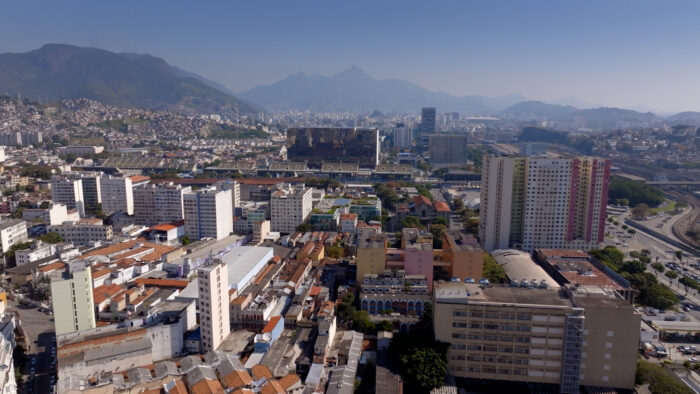
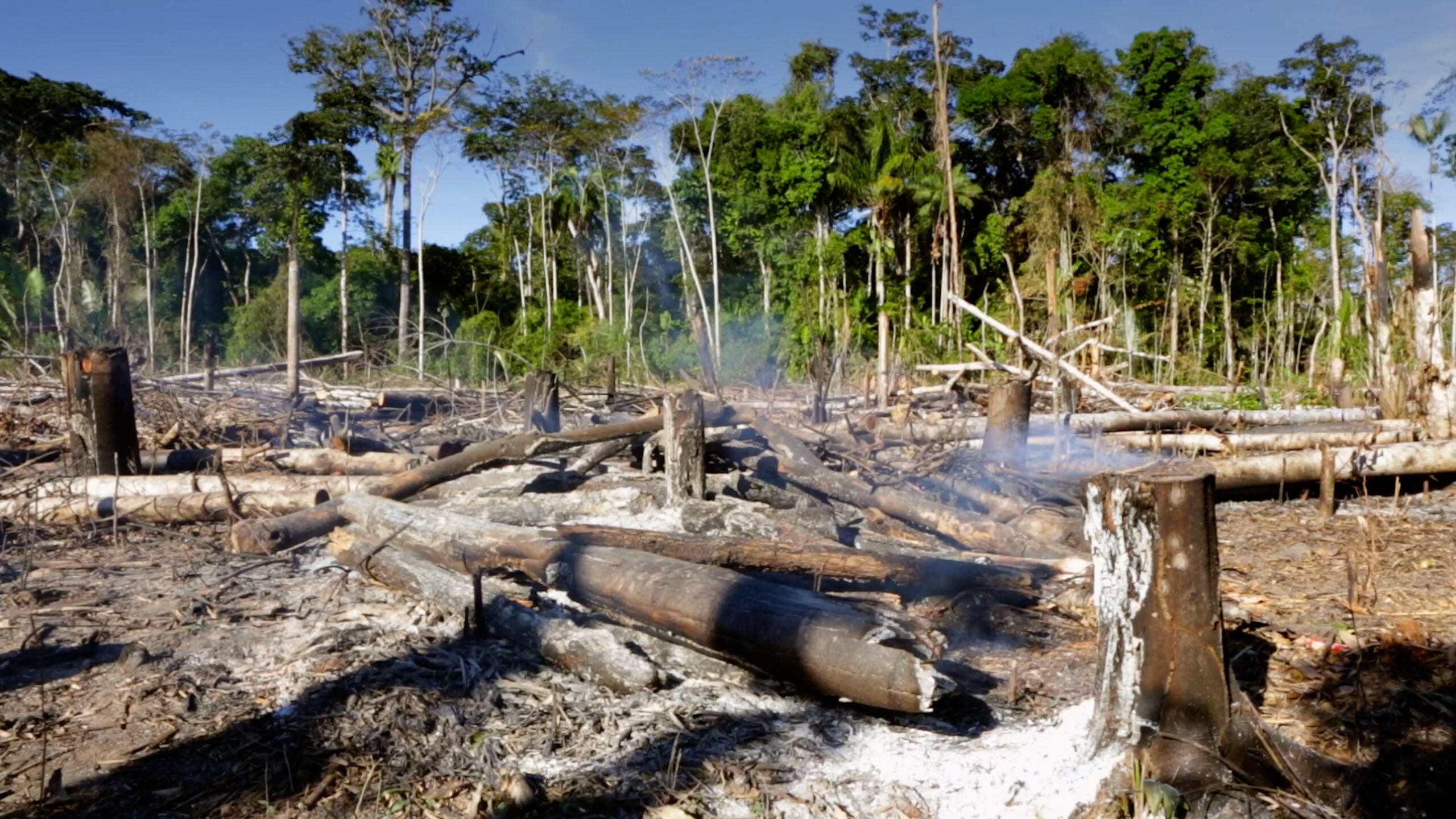
But even heavily depleted, the modern Atlantic Forest is buzzing with life. Its biodiversity per square meter rivals that of the Amazon, and it boasts more than 23,000 species of plants and 2200 species of mammals, birds, reptiles, and amphibians. Hundreds of these species are found nowhere else, including the iconic golden lion tamarin. By stitching the forest patches back together and replenishing depleted land, conservationists still have a chance to save these incredible plants and animals from extinction.
A New Beginning?
Plans are already well underway to save the Atlantic Forest. In 2006, the Brazilian government passed a law protecting all surviving forest from future development. And conservation groups are stepping up to rebuild what was lost.
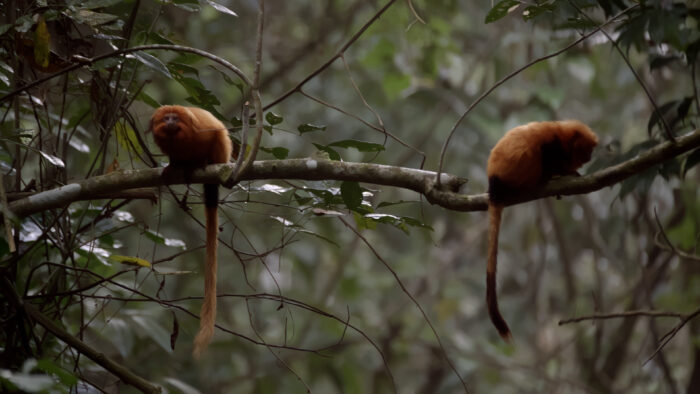
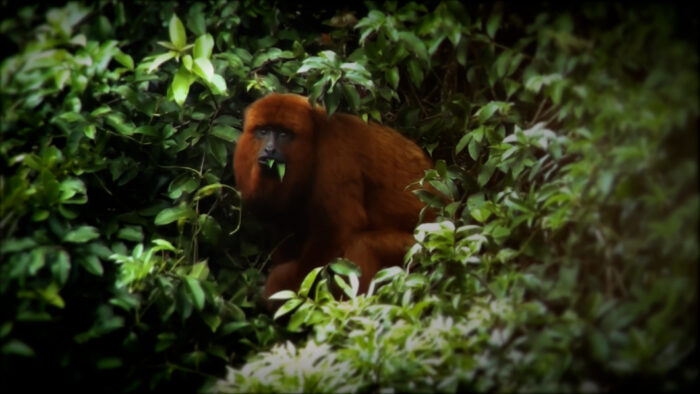
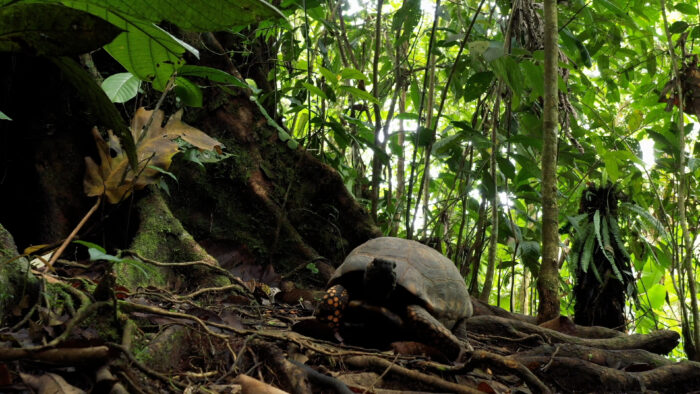
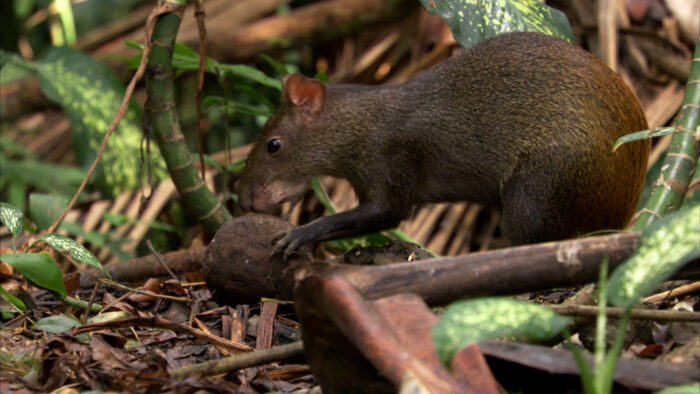
One such initiative, called the Earth Institute for Environmental Preservation (ITPA), was founded 25 years ago by Brazilian environmentalist Mauricio Ruiz. Its goal was to reforest a corridor between two fragments 50 miles apart, separated by deforested farmland. Working directly with local community members, ITPA grows 58 tree species in its nursery and plants them in the depleted corridor. Since its founding, it has restored more than 13 square miles of forest. Using cutting-edge technologies like drones, they are hoping to massively scale up their reseeding efforts.
Another project is ongoing in the heart of Brazil’s second-largest city, Rio de Janeiro. There, conservationists are revitalizing the 15-square-mile Tijuca National Park. While this park looks like a dense, healthy forest from the outside, it is missing a key ingredient: seed-dispersing wildlife. A project called “Refauna” is fixing that, introducing important species like the agouti, the yellow-footed tortoise, and the howler monkey.
A third effort is working to continue reconnecting sections of forest that are divided by deadly roadways. The organization ViaFAUNA is building treetop crossings out of local materials and installing underpasses to provide forest animals safe passage and counteract the harms of habitat fragmentation.
Together, these initiatives and others like them are providing hope for the future of the Atlantic Forest. Below, learn more about the Wild Hope episodes that shine a light on this unsung bastion of biodiversity.
Rebuilding a Forest
In Brazil’s Atlantic Forest, Mauricio Ruiz has turned his love for nature into action by working with the community to reforest a critical stretch of the nation’s most endangered forest.
Illustration of a can
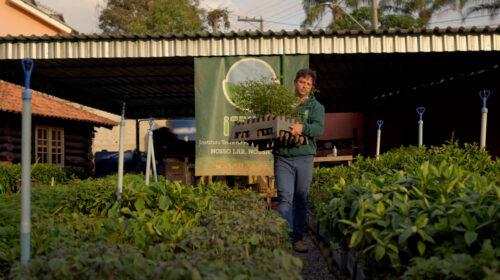
Rewilding Rio
In the middle of Rio de Janeiro, a team of researchers are returning iconic animals to the world’s largest urban rainforest.
Illustration of a no-bg-image
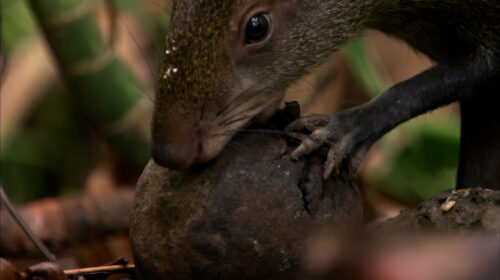
Road Warriors
ViaFAUNA installs underpasses and canopy bridges to ensure the Atlantic Forest’s wildlife can safely cross Brazil’s extensive road system.
Illustration of a no-bg-image
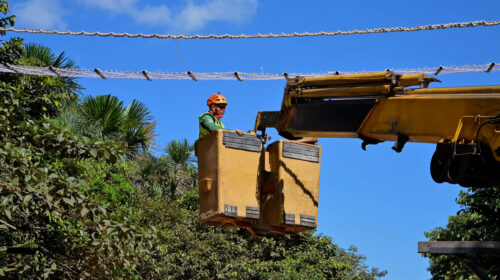
One Golden Chance
After an outbreak of yellow fever led to a loss of nearly a third of the golden lion tamarin population in the Atlantic Forest, researchers rushed to develop a vaccine to save the iconic species.
Illustration of a no-bg-image

